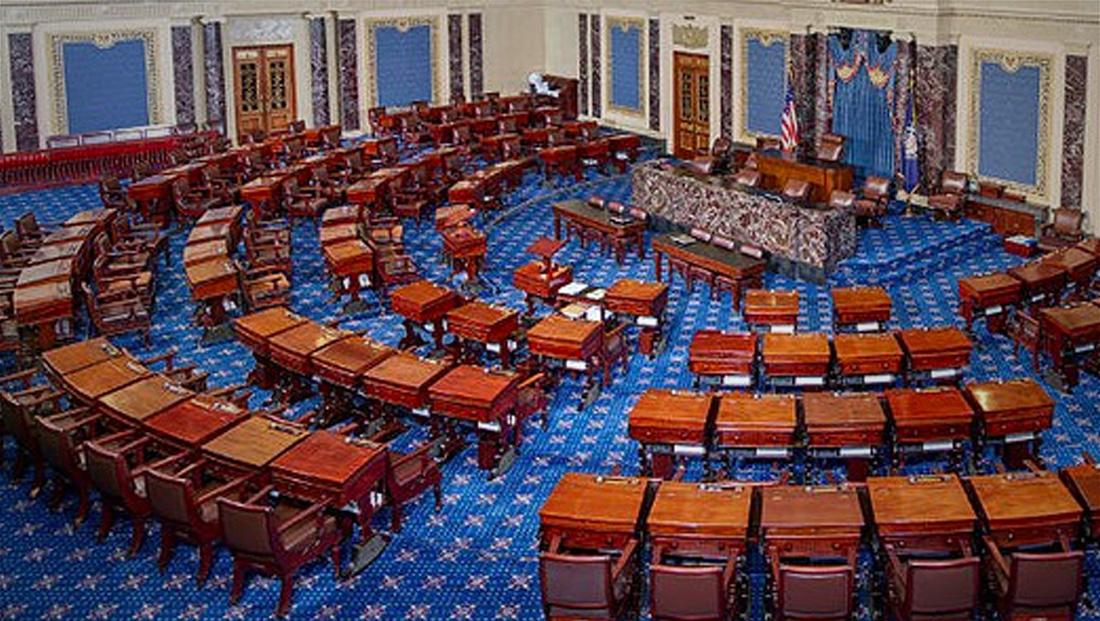How could Donald Trump’s impeachment trial unfold on TV?
By MixDex Article may include affiliate links

It looks like Donald Trump’s Senate impeachment trial could start Tuesday, Jan. 21, 2020 — but what this means for TV networks isn’t clear yet.
- During the nation’s last impeachment trial, that of President Bill Clinton in 1999, rules dictated that the trial would run six days a week (skipping Sundays), though it’s possible a different schedule could be used this time.
- The Clinton trial was televised, though there are typically rules about what can be shown inside the Senate chamber. For instance, most commonly the rules say that cameras must remain fixed on whoever is speaking, so “reaction” shots likely won’t be possible.
- In addition, rules typically allow many discussions to take place behind closed doors and out of view of cameras.
- Witnesses can also be disposed of privately or via video rather than appearing on the Senate floor.
- Clinton’s trial lasted five weeks — but how long Trump’s will last is largely up to key decision makers in the Senate. There are possibilities of political maneuvering that would shorten the trial.
- Back in 1999, cable news was around, but Fox and MSNBC had only been on air about three years, with CNN nearing two decades on the air at that time.
It’s perhaps hard to imagine broadcast networks giving up most of their broadcast day to live nonstop coverage of the trial — especially since a good chunk of it could be procedural.
- However, broadcast networks could still opt to cut in for special reports for key witnesses or other pivotal moments.
- Nonstop commercial free trial coverage could prove even too much for commercial cable networks to carry — again perhaps dipping in when needed, though perhaps more “generously” than the broadcast nets.
- One key thing that’s changed since 1999 is the advent of streaming and digital platforms that could enable networks to offer “special” digital only channels dedicated to just the trial.
C-SPAN is probably the most likely to carry continuous coverage since it already provides almost nonstop coverage when either chamber is in session.
- C-SPAN 2 already carries live coverage from inside the U.S. Senate (with House proceedings typically appearing on C-SPAN).
- In 1999, C-SPAN 2 carried ongoing coverage of Clinton’s trial.
- C-SPAN networks don’t air commercials since it gets its funding from fees added to cable and satellite subscribers’ bills.
Popular Searches
- TV Industry News
- Broadcast Engineering News
- Broadcast Design News
- TV Talk Shows
- TV Syndication
- TV Advertising
- TV News Jobs
- TV Industry Mergers and Acquisitions
- TV Anchors
- Cable News
- Late Night TV
- TV Syndication News
- Broadcast Industry News
- TV News Drone Journalism
- TV News Augmented Reality
- TV Weather Forecasting
- TV News Journalism
- TV News Ethics
- OTT News
- News About NBC
- News About CBS
- News About ABC
- News About CNN
- News About MSNBC
- News About Fox News

